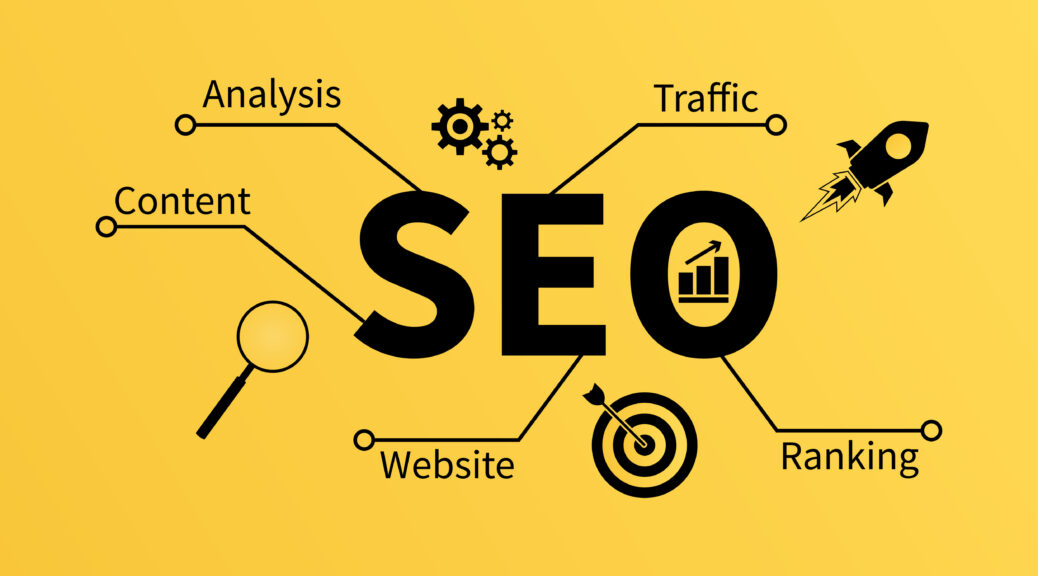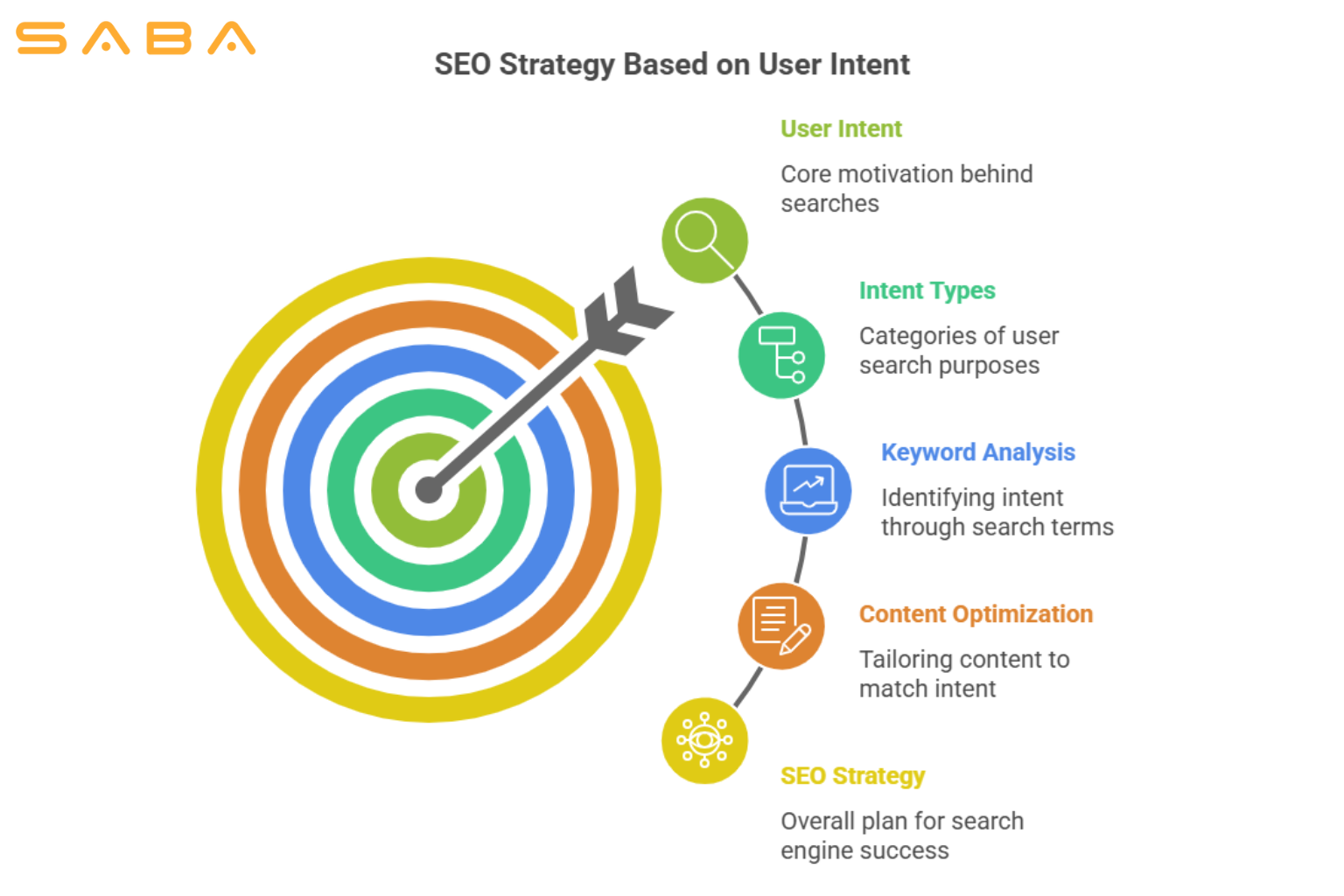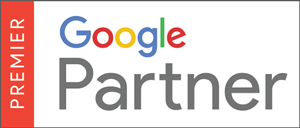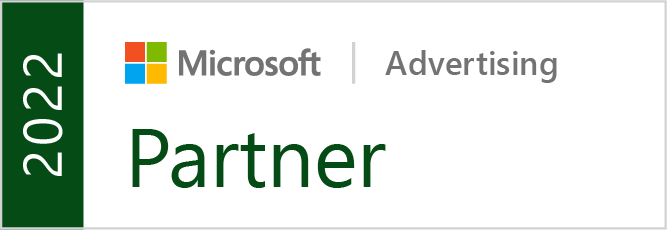User Intent: SEO Ranking for What People Actually Mean, Not Just What They Type

Understanding user intent is the key to finding your company’s way to the top of search engine rankings. While you might already know which keywords users put into search engines, it’s also important to understand their intent behind conducting searches in the first place. Being able to identify what people mean when they type in search phrases helps you align your company’s website and marketing materials with user intent to see strong results from every new SEO strategy you implement. Keep reading as the professionals from Saba SEO, a premier provider of SEO services San Diego businesses rely on for high quality and unmatched expertise, offer tips on how focusing on user intent can make your SEO strategies more effective.
Know the Most Common Intent Types
Narrowing down user intent helps when you know the four most common reasons people conduct searches. The first type is informational, which is when a user wants to find new information or expand his or her knowledge on a subject. The second type is navigational, and users will conduct their searches to find specific pages or websites.
Transactional searches are the third type you’ll find. With a transactional search, the user’s intent is to make a purchase or finish a transaction. The final type of intent is commercial investigation. Here, the user is researching products or exploring different services to make the best decision on a purchase.
Delve Deeper by Analyzing Search Intent
Many keywords indicate the user’s search intent. For instance, seeing that users include the word “buy” in their searches could indicate their intent is transactional. Meanwhile, terms such as “tutorial” or “how-to” could mean the user is intending to find informational content that increases his or her knowledge in subjects relating to your company’s industry or areas of specialization.
You can also use keyword research tools to help you further analyze search intent based on the terms and phrases people use. Website analytics can also indicate intent by showing you how users interact with your company’s content. If users spend time browsing the site or perusing a page that aligns with their intent, you can consider this a sign of success. If the bounce rate is high, it’s likely users aren’t finding content that meets their needs.
Optimize Content to Focus on User Intent
Although including a wide variety of content is important for SEO, you can refine your marketing strategy by including more of the types that match user intent. For users who primarily display a transactional search intent, you might want to update product descriptions to be as clear and helpful as possible. Transparent pricing information could also align with user intent to motivate them to follow a call to action.
Evolve as Search Intent Changes
Over time, user intent will evolve. This is especially common with startups and small businesses that might attract new types of customers as they grow. Initially, user intent tends to be more information focused as people begin to learn more about a company. Later, the user intent may shift to navigational as users look to sign up for offers or visit their profiles. Being ready to adapt content to match evolving user intent helps you stay at the top of the search lists.
If you need help improving your SEO ranking, reach out to the experts at Saba SEO, one of the most experienced San Diego SEO companies you can work with. Our team of specialists can help you with marketing campaigns, social media management, web development, search engine optimization, and much more. To find out more about our high-quality SEO services, give us a call today.




